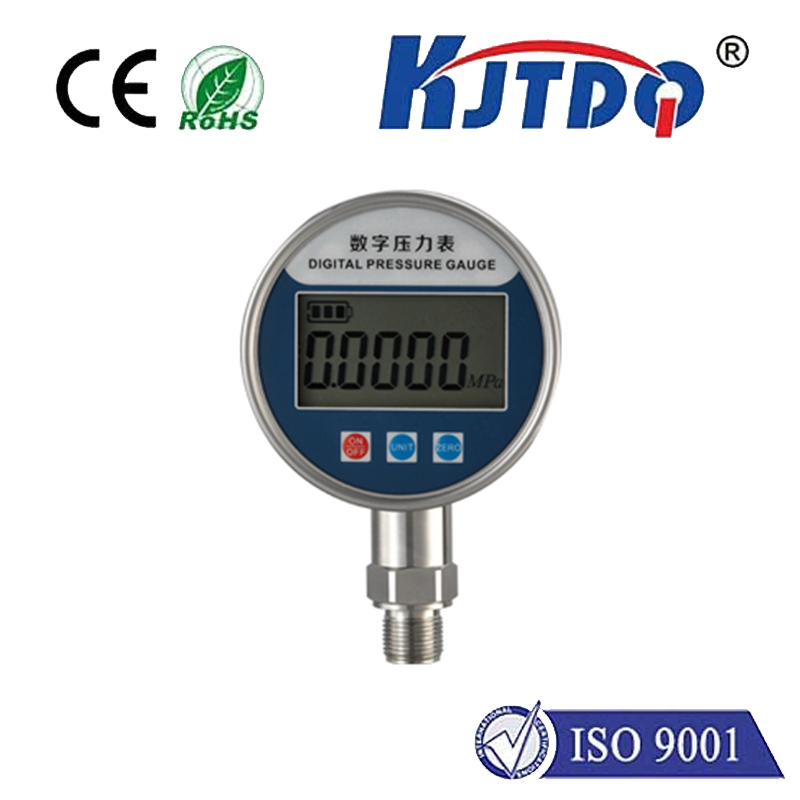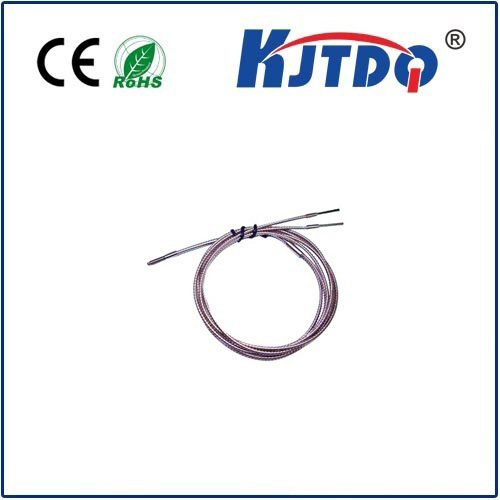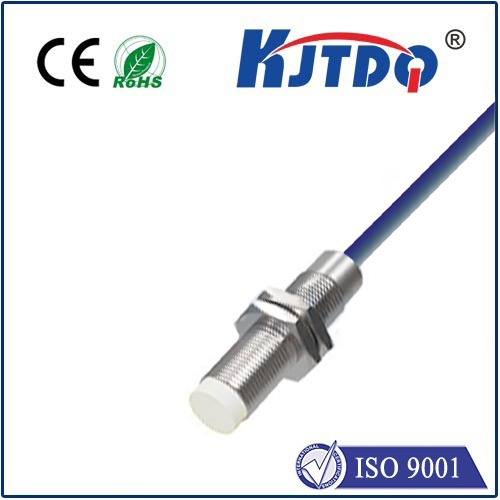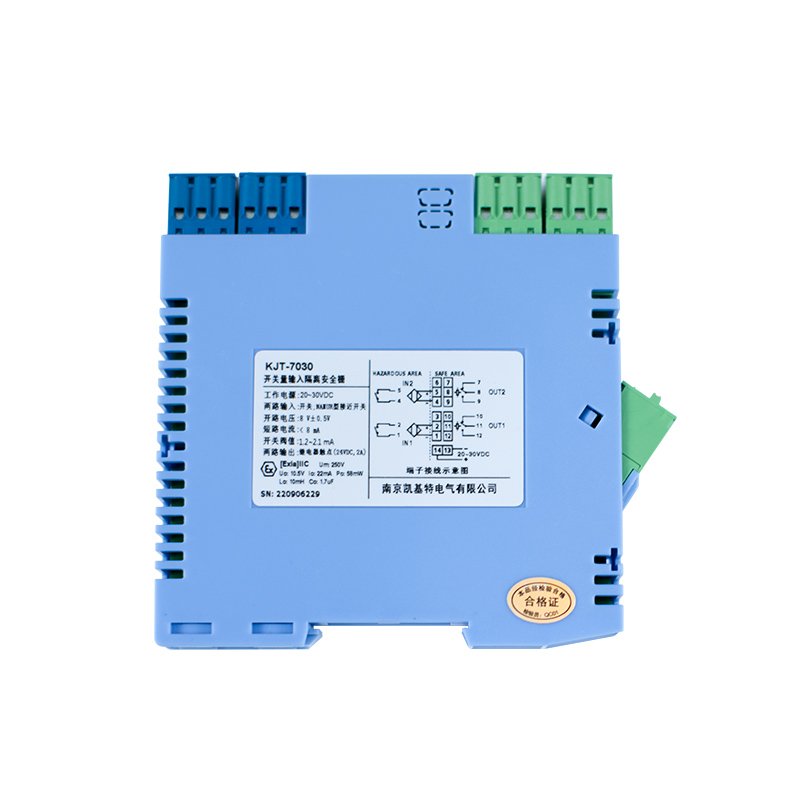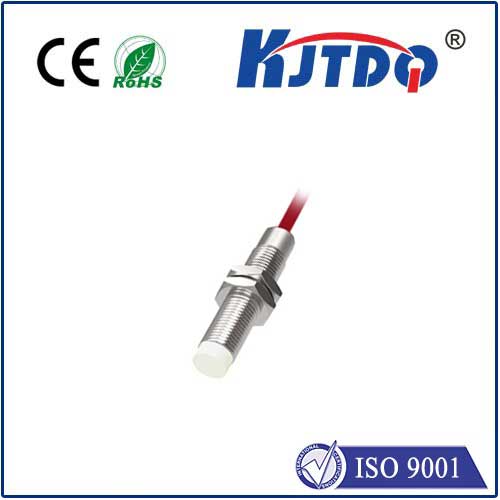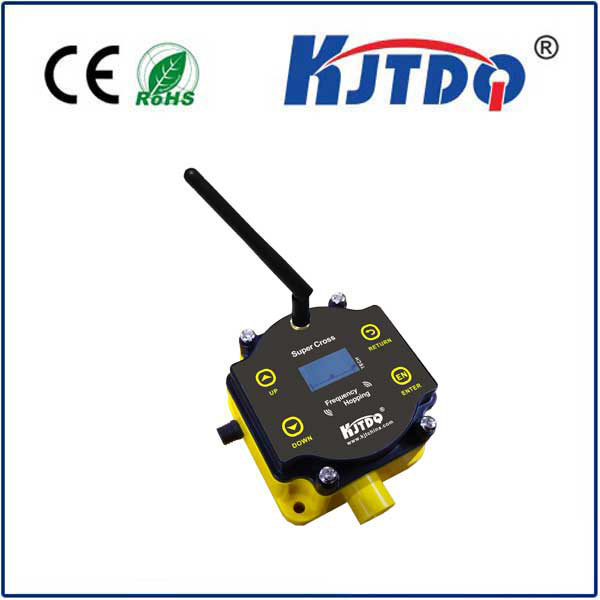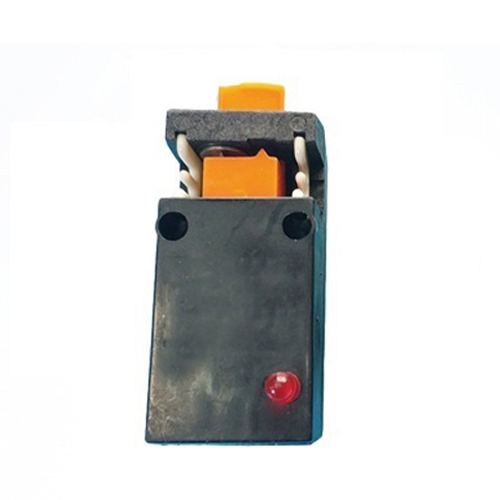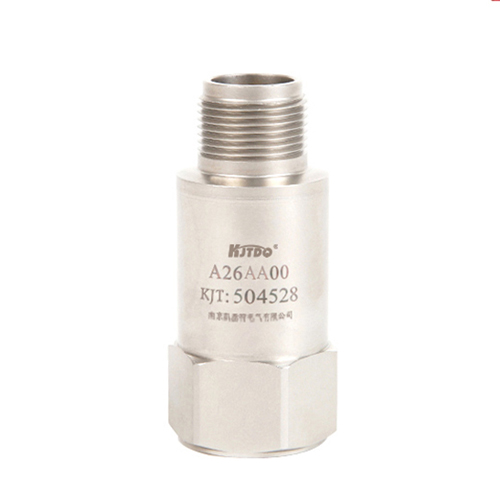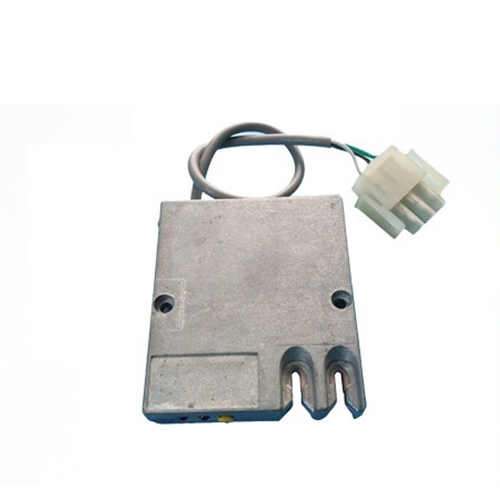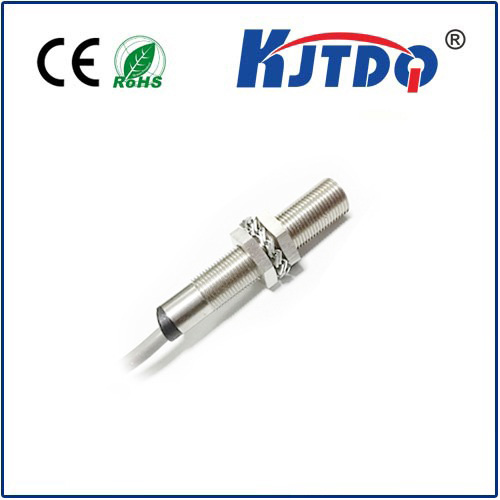

check

check

check

check
Ever wondered what keeps modern assembly lines running with such clockwork precision, or how robotic arms reliably pick and place components without direct contact? Often, the unsung heroes enabling this seamless automation are components like the BHS0027 proximity sensor. This specific inductive sensor exemplifies the critical role of contactless object detection in driving reliability and efficiency across countless industrial applications. Understanding its capabilities unlocks the potential for smarter, more robust systems.
The Inductive Heartbeat of Proximity Sensing
At its core, the BHS0027 proximity sensor operates on the fundamental principle of electromagnetic induction. It generates a high-frequency oscillating electromagnetic field from its sensing face. When a metallic target (typically ferrous metals like iron or steel, but often configurable for non-ferrous metals depending on the specific variant) enters this field, eddy currents are induced within the target. These currents absorb energy from the sensor’s oscillating circuit. The sensor’s internal electronics meticulously detect this energy loss, triggering a clean, switch-like output signal (commonly NPN or PNP transistor types). Crucially, this detection happens without any physical contact with the target, making it immune to wear and tear from mechanical impact.
Engineered for Demanding Environments: The BHS0027 Advantage

The designation “BHS0027” signifies more than just a part number; it represents a specific set of engineered characteristics optimized for industrial rigor. Key attributes typically include:
Where Precision Meets Application: Unleashing Potential
The inherent reliability and contactless nature of the BHS0027 proximity sensor make it indispensable across a vast spectrum of automation scenarios:
Seamless Integration: Simplifying Automation
A significant advantage of standardized sensors like the BHS0027 proximity sensor lies in their ease of deployment. Their compact form factor and standardized threading (e.g., M8, M12, M18) allow for straightforward mounting in tight spaces using readily available brackets. The factory-set calibration means installers don’t need sophisticated tools or lengthy setup procedures. Simply mount the sensor, connect the clearly marked wires (Brown: +V, Blue: 0V, Black: Signal Output), and it’s typically ready for operation. The shielded types offer greater mounting flexibility, tolerating closer proximity to metal surfaces without affecting sensing range, while unshielded types provide a longer sensing distance but require more careful mounting clearances. This plug-and-play capability translates directly into reduced installation time and cost.
Conclusion: The Unseen Pillar of Modern Efficiency
From the rhythmic pulse of a high-speed bottling plant to the intricate dance of automotive assembly robots, proximity sensors are fundamental building blocks. The BHS0027 proximity sensor, with its focus on ruggedness, precision, contactless operation, and ease of integration, stands as a prime example of this vital technology. It provides the reliable, real-time feedback essential for automated systems to function accurately, safely, and efficiently. By detecting the presence, absence, or position of metallic objects without physical touch, it eliminates wear, boosts longevity, and enhances overall system reliability. When designing or maintaining industrial automation systems where dependable, non-contact detection of metal is paramount, recognizing and leveraging the capabilities of workhorse components like the BHS0027 inductive proximity sensor is key to unlocking peak operational performance and minimizing unplanned downtime. They may operate unseen within the machine’s frame, but their impact on productivity and quality is undeniably profound.
